Backyard ponds are a beautiful addition to any landscape, providing a tranquil space and a haven for wildlife. The right combination of plants can elevate the health and aesthetics of your pond, creating a balanced ecosystem that supports fish and other aquatic life. In this guide, we’ll explore the best plants for backyard ponds, offering suggestions for both beginner and experienced pond owners.
1. Why Plants are Essential for Backyard Ponds
Plants play an integral role in maintaining the health of a backyard pond. They help to oxygenate the water, filter out harmful toxins, and provide shelter for fish and other aquatic organisms. Without plants, your pond is likely to suffer from algae overgrowth, poor water quality, and a lack of biodiversity.
Whether you have a small or large pond, integrating a variety of plant types—floating, submerged, and marginal—will ensure your pond thrives. The benefits of these plants go beyond mere aesthetics; they actively improve water quality and create a balanced environment.
2. Floating Plants for Backyard Ponds
Floating plants rest on the water’s surface and help to reduce excess sunlight entering the pond, which can prevent algae growth. They also provide shade and shelter for fish. Here are some popular floating plants for backyard ponds:
– Water Hyacinth: A beautiful, fast-growing plant with large purple flowers, Water Hyacinth is perfect for small ponds. It provides shade and oxygenates the water.
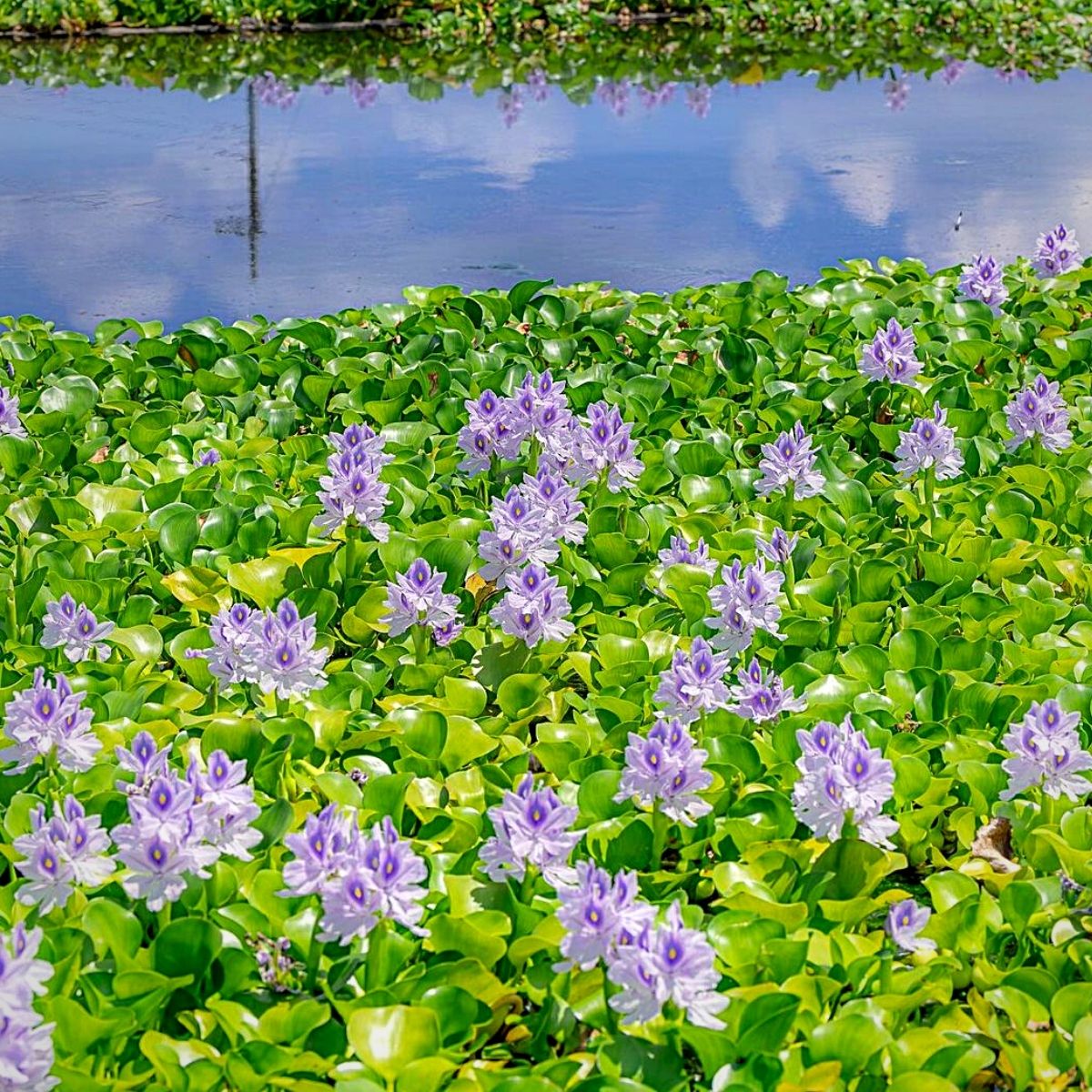
– Duckweed: This tiny, free-floating plant multiplies quickly, offering a natural way to cover pond surfaces and reduce sunlight penetration.
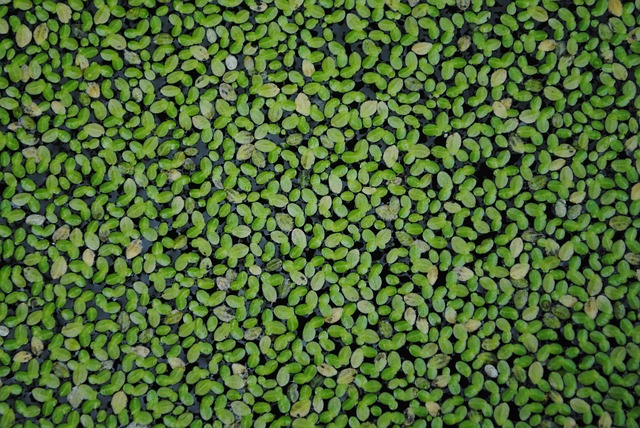
3. Submerged Plants for Clear Water
Submerged plants are crucial for maintaining clear water. These plants live completely underwater and absorb nutrients that would otherwise feed algae. They also provide oxygen to the pond’s ecosystem, improving water quality.
– Anacharis (Elodea):
This fast-growing oxygenating plant is often used to maintain crystal-clear water. It thrives in a range of conditions and is easy to manage.
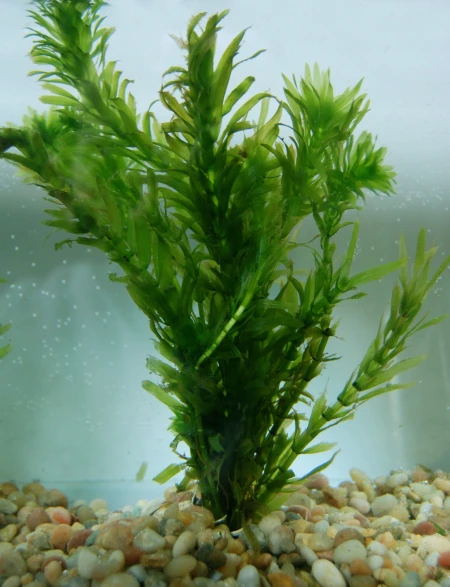
– Hornwort:
Another popular oxygenator, Hornwort floats freely below the surface, keeping your pond water fresh by absorbing excess nutrients.
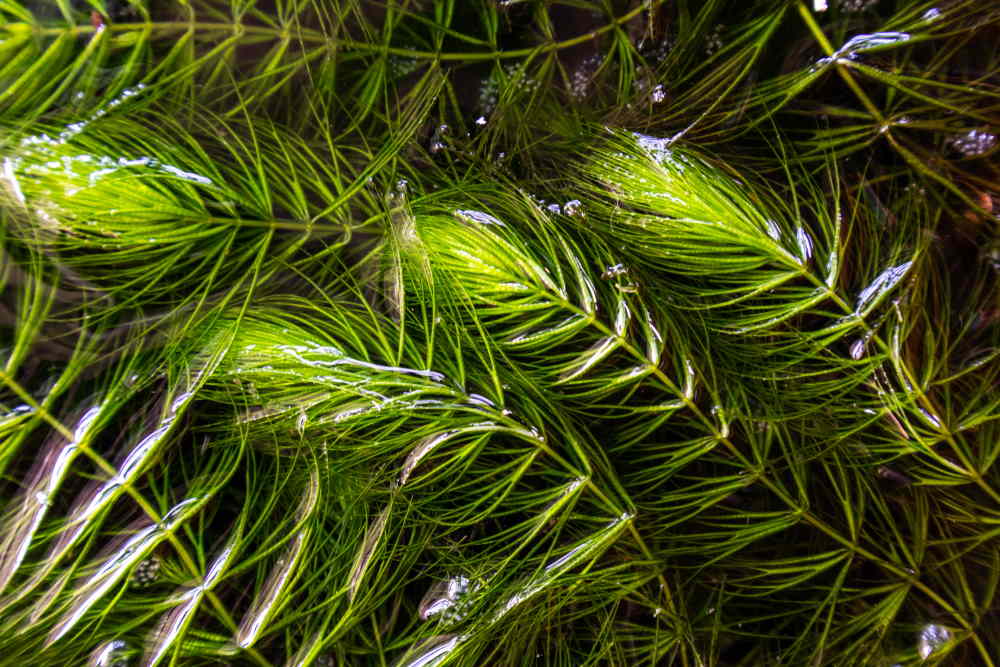
4. Marginal Plants for Aesthetic Appeal
Marginal plants grow around the edges of the pond, offering a natural transition between the water and the surrounding garden. These plants are both functional and visually appealing.
– Cattails
Cattails are a classic pond plant. Their tall, slender stalks create visual interest while providing shelter for small aquatic animals.
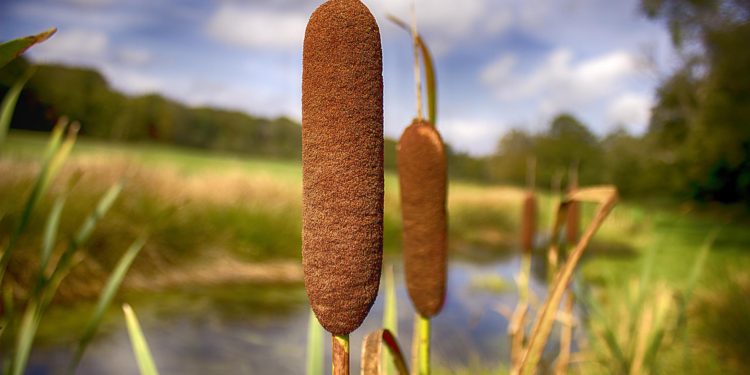
– Iris (Water Iris)
Water Iris produces vibrant flowers in various colors and grows well in shallow water at the pond’s edge. It’s a great choice for adding color.
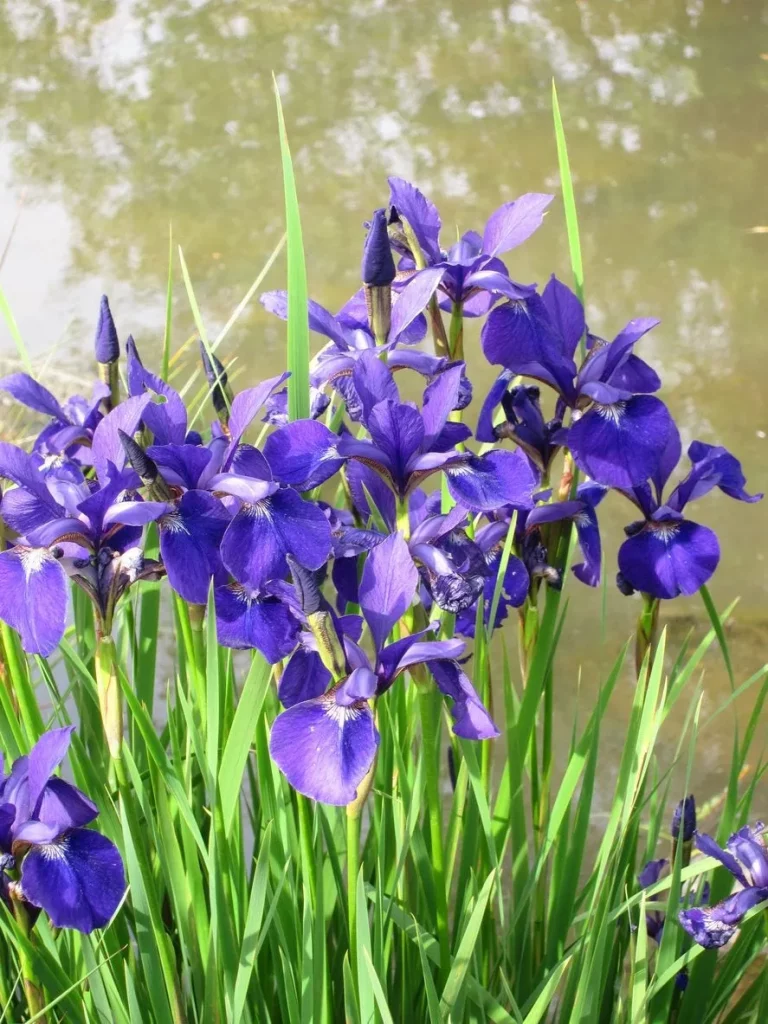
5. Flowering Plants for Color and Pollinators
For a splash of color, add flowering plants that not only beautify your pond but also attract pollinators such as bees and butterflies.
– Water Lilies
Perhaps the most iconic pond plant, Water Lilies come in various colors and float on the surface, creating a picturesque pond scene.
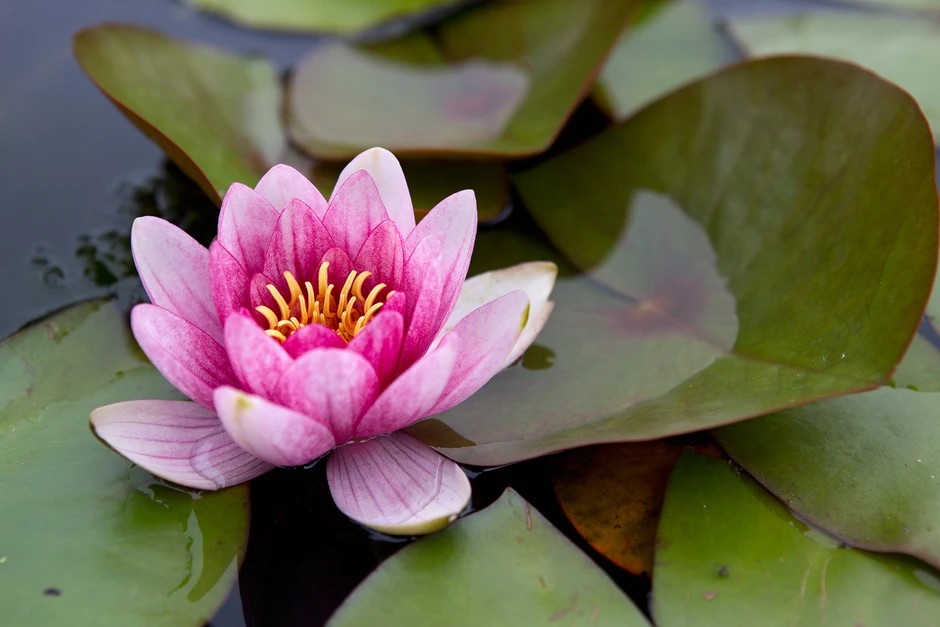
– Lotus
Known for its large, delicate blooms, the Lotus is a symbol of purity and beauty. It thrives in warm climates and adds elegance to any pond.
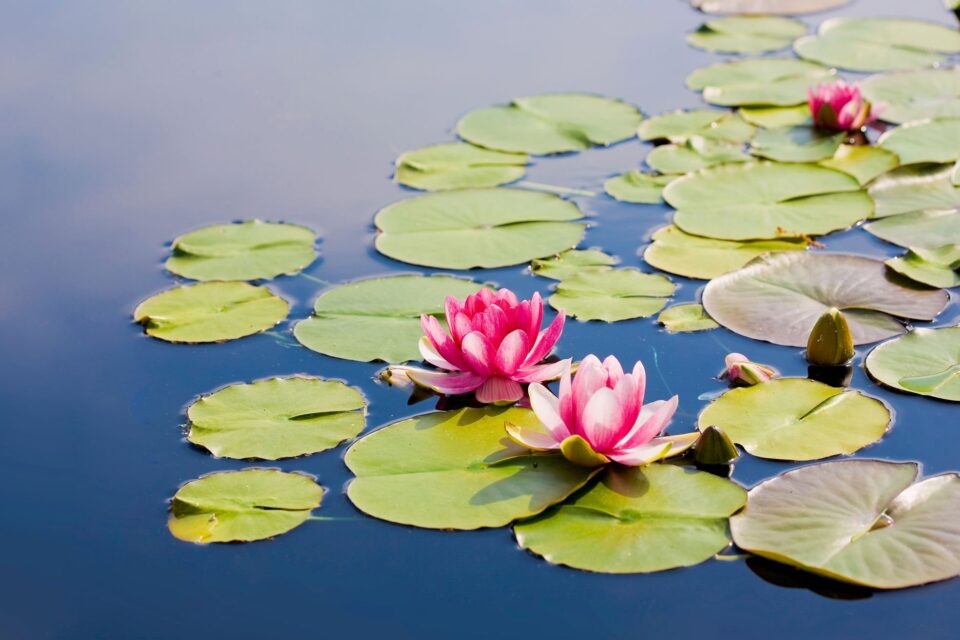
6. Low-Maintenance Pond Plants
If you’re a beginner or prefer low-maintenance plants, these varieties require minimal care while still contributing to your pond’s ecosystem.
– Arrowhead (Sagittaria)
This hardy plant produces arrow-shaped leaves and white flowers. It’s an excellent choice for those who want low-maintenance beauty.
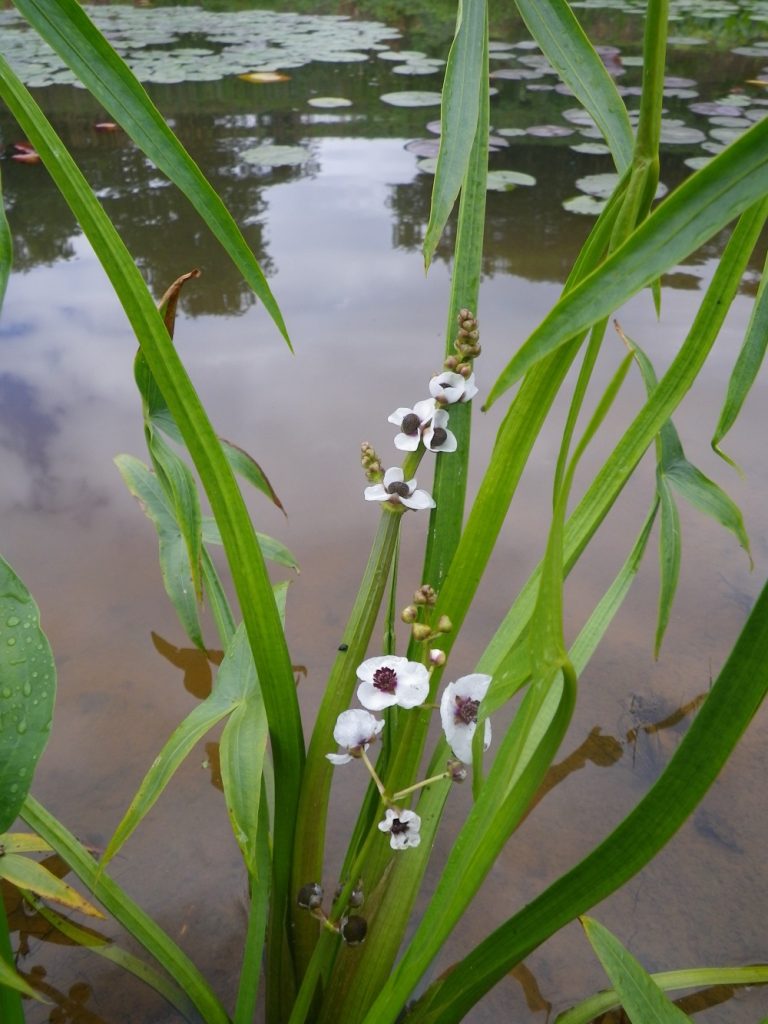
– Parrot’s Feather
A unique plant with feathery foliage, Parrot’s Feather grows both submerged and along the pond edges, adding a soft, textured look to your garden.
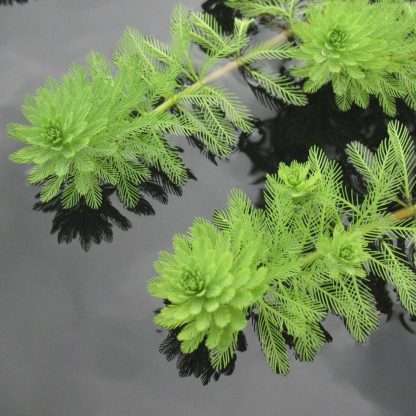
7. Tips for Planting and Maintaining Pond Plants
When adding plants to your pond, it’s important to consider their placement and care. Here are some tips for ensuring your pond plants thrive:
– Choose a variety of floating, submerged, and marginal plants to create a balanced ecosystem.
– Plant marginal plants in shallow areas, where they can establish roots while still enjoying access to the pond water.
– Remove dead leaves and debris to prevent decay, which can lead to poor water quality.
– Consider seasonal changes, as some plants may require extra care during colder months.
By following these simple tips, your pond will not only look stunning but also remain healthy year-round.
- Read also: Top 14 Plants with Colorful Foliage
Conclusion
Choosing the best plants for backyard ponds is key to creating a beautiful and functional water garden. Whether you’re looking for low-maintenance options or colorful flowering plants, there’s a plant for every pond. Incorporate a mix of floating, submerged, and marginal plants to ensure your pond remains healthy and vibrant.